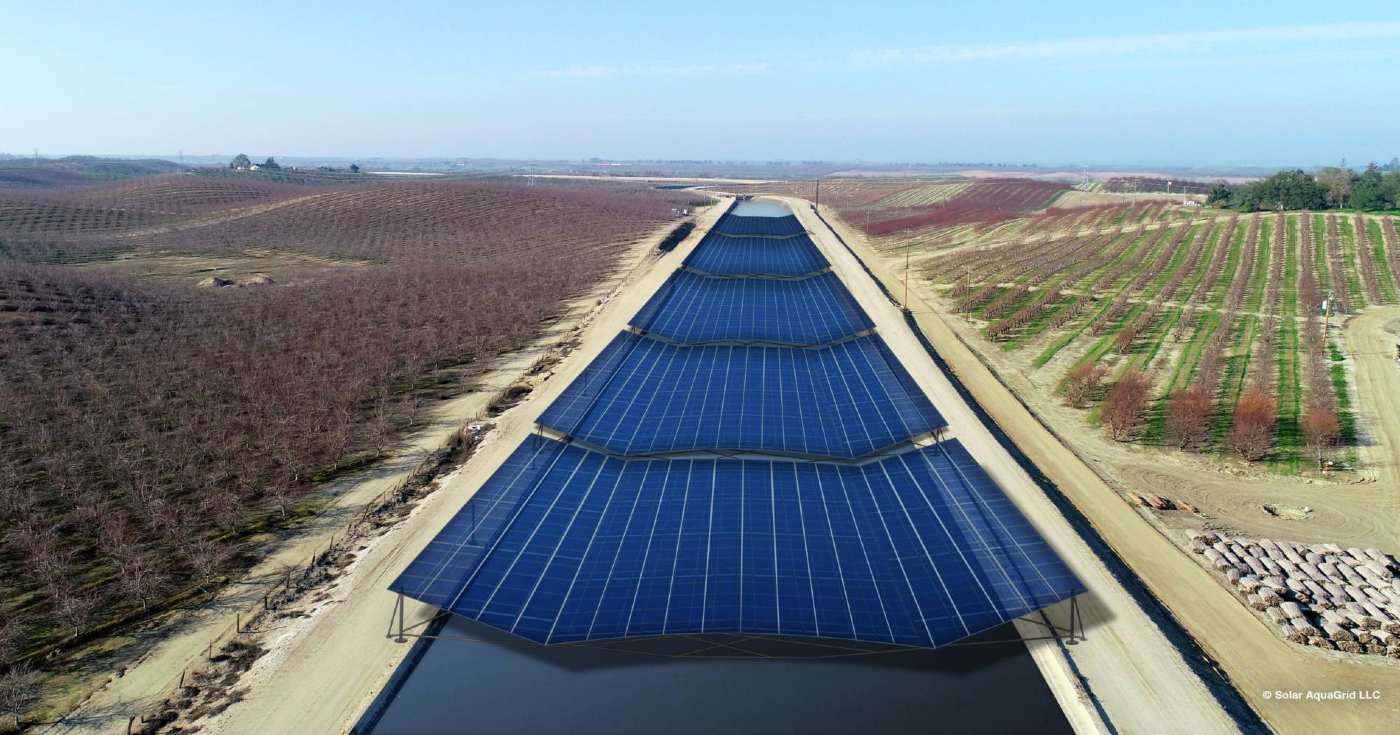When Neighborhood Knows Bits of Personal Information About Local Police, Crime Drops by 5-7%
Researchers have published in Nature journal about how knowing a bit of personal info about neighborhood police reduces crime by 5-7%.

Could covering California's irrigation canals save it from the current drought? Some scientists and engineers think so, and they also believe it could meet the state's entire renewable energy commitments.
A proof of concept and pilot project in Turlock Irrigation District called Project Nexus will cover a mile-long stretch of canal in five megawatts worth of solar panels that will hopefully demonstrate increased renewable power generation, water quality improvements, reduced vegetative growth in the canals, and reduced water evaporation.
This is building on a 2021 Univ. of California Merced and UC Santa Cruz research team study which estimated that covering all the state's canals with panels could prevent 65 billion gallons of fresh water loss through evaporation.
Formed in 1887, Turlock was the first irrigation district in California, and provides irrigation water to 4,700 growers who farm about 150,000 acres in the San Joaquin Valley. The project is due to break ground this year and finish up in 2024.
As WS reported in 2021, this concept has already been proven to work in the Indian state of Gujarat, where the cooler temperature of the moisture beneath the panels cooled them down, resulting in a small but significant increase in power generation.
Roger Bales, part of the UC Merced paper, argued recently in the Smithsonian Magazine that covering the thousands of miles of California canals with panels would generate 13 gigawatts of renewable energy capacity: half of what the state would need to entirely decarbonize by its self-imposed 2045 deadline.
"California grows food for an ever-increasing global population and produces more than 50 percent of the fruits, nuts and vegetables that U.S. consumers eat," writes Bales. "Building these [canal] solar arrays could prevent more than 80,000 acres of farmland or natural habitat from being converted for solar farms."
Making sense on all levels, Project Nexus is tremendously exciting, and Bales explains that other similar projects are in the making.
POWER UP the Good News—Share This Story With Friends on Social Media…
Be the first to comment